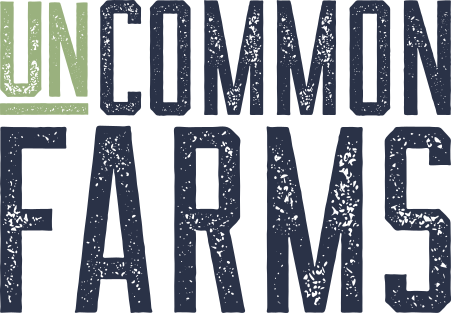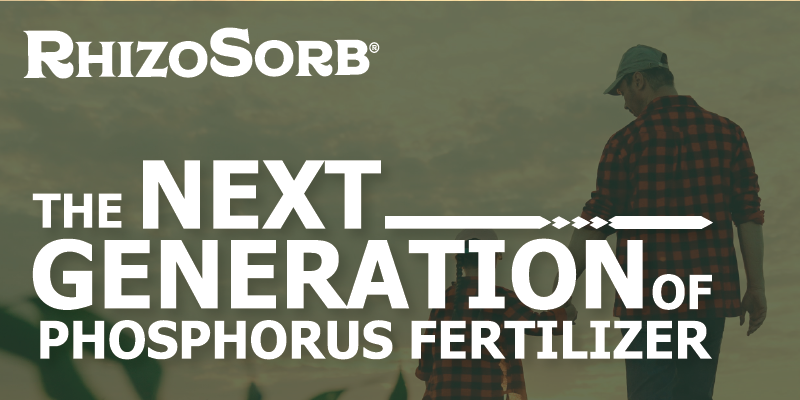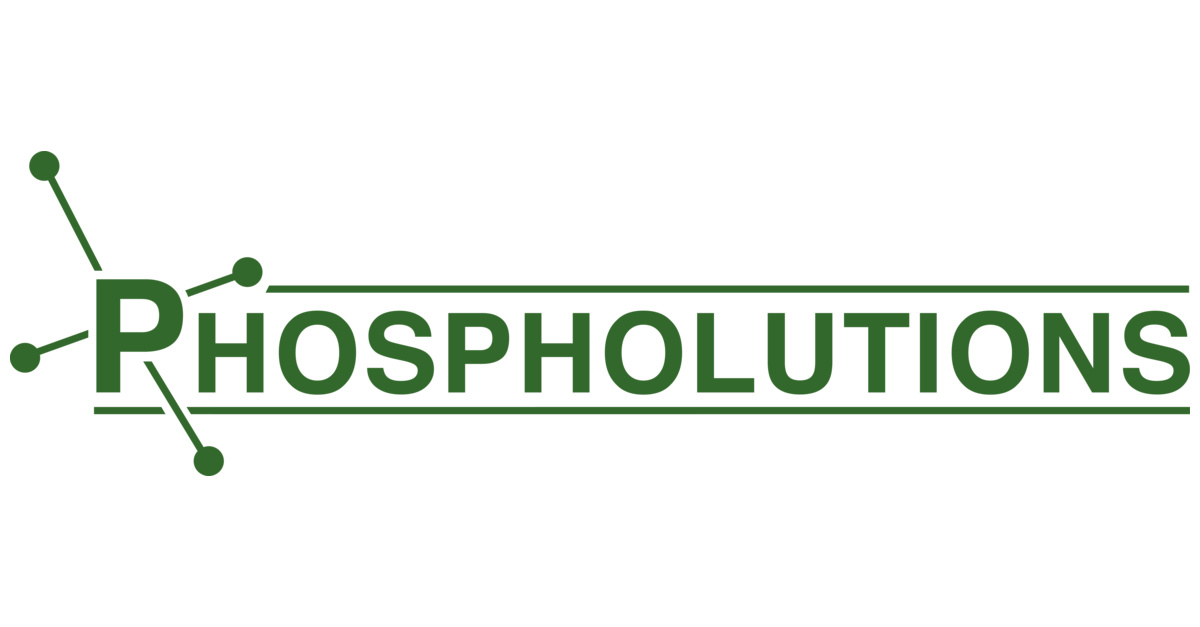In the evolving landscape of agriculture, innovation stands as the beacon guiding the industry marked by a future of efficiency, sustainability, and resilience. Across the globe, researchers are pioneering solutions aimed at transforming traditional practices into sustainable solutions that promise increased yield, better return on investment, and decreased environmental impact.
At Phospholutions, we are changing how the world uses phosphorus with RhizoSorb® technology. As we look ahead, it is helpful to understand previous groundbreaking technologies that have changed the phosphorus industry to better understand the emerging impact RhizoSorb® will have in developing a stable, economical, and sustainable food system.

Foundation of Phosphorus
Phosphorus is the second most used nutrient in food production but less than 0.2% of the world’s crust contains this critical mineral. Since ancient times, the need for nutrient rich soils to meet the demands of a growing population have driven evolutionary developments to enhance soil phosphorus availability. Manure, vegetable waste, and bones were the original phosphorus sources. In 1840, German Chemist, Justus von Liebig, would discover superphosphate technology extracting a new form of phosphorus from bone material. Seven years later, the shortage of bone material would lead to the industrialization of phosphorus fertilizer derived from phosphate rock with a limited production of 25,000 metric tons in Suffolk, Great Britain.
Over the next century, the production of phosphate increased to meet the needs of a growing population. In the United States, phosphate deposits were found in Florida along the western coast with equal parts rock, clay, and sand creating an efficient and economical supply of phosphate to farmers across North America. Farmers throughout the 19th century began adopting phosphate fertilizer products to advance nutrition. However, the evolution of fertilizer formulation in the 1960’s would stabilize phosphate technology widely used by growers today.
In Phosphorus We Trust
In the early 1960’s, the Tennessee Valley Authority and Land Grant institution developed the current generation of commodity phosphorus fertilizer including Monoammonium Phosphate (MAP) and Diammonium Phosphate (DAP). Following breakthroughs in chemical engineering surrounding World War II, high analysis phosphates transformed the phosphate fertilizer industry from a mining operation into a chemical production business.
MAP and DAP fertilizers not only made it easier for growers to apply phosphates but also reduced the cost of application and labor. With the introduction of high analysis fertilizers, growers have been able to enhance nutrition across their farms, maintain phosphate soil nutrition rates, and grow relatively stable yields.
Time for a New Generation
Today, the phosphorus industry mines more than 200 million tons of phosphorus rock. More than 90% of phosphorus mined is applied as fertilizer on farms around the globe, yet only 10% makes it to the consumer’s plate. With a variety of commercial phosphate fertilizers including rock phosphate, phosphoric acid, calcium orthophosphates, and ammonium phosphates, growers have a variety of options but are not maximizing this non-renewable resource.
RhizoSorb® is the next generation of phosphorus fertilizers. Formulated on the foundation of high analysis fertilizers, RhizoSorb® technology enhances fertilizer efficiency, increases phosphorus uptake, and is more sustainable. RhizoSorb® is backed by more than three decades of on-farm and university research leading the next generation of fertilizer technology.
Utilizing a proprietary blend of metal oxides, the chemistry formulation of RhizoSorb® doubles phosphorus efficiency establishing a new industry standard. The mechanics behind RhizoSorb® revolve around the storage and gradual release of nutrients throughout the growing season in the solid, driven by a chemical concentration gradient rather than environmental factors. RhizoSorb® retains phosphorus and outcompetes other soil interactions that tend to render phosphate inaccessible to plants to increase uptake efficiency of applied fertilizers.
RhizoSorb® has less organic phosphorus per ton compared to other fertilizers like MAP and DAP. But don't be fooled by the lower amount, it actually delivers more phosphorus to plants, as seen in phosphorus concentration measurements in crops.
With a reduction in P2O5, RhizoSorb® is also establishing new standards in fertilizer sustainability. Following the completion of a life cycle assessment by Sustainable Solutions Corporation, the team at Phospholutions is excited to promote RhizoSorb® as a sustainable alternative to MAP and DAP fertilizers. In a direct comparison to MAP, RhizoSorb® reduces global warming potential by 45.2%. If used across all United States Corn Production, RhizoSorb® could prevent up to 3.4 billion kg of CO2 emissions, equivalent to removing 700,000 cars from our roads annually.
With tested and proven results in over 500 small plot and on-farm trials, RhizoSorb® helps growers safeguard their investment with more sustainable fertilizers and impressive yields.
As we stand at the intersection of technological innovation and sustainable agriculture, the potential for positive change is undeniable. The ongoing commitment to research, development, and implementation of innovative solutions signifies a transformative progress by the team at Phospholutions. Embracing innovation and fostering a culture of sustainable practices will not only shape the future of farming but also ensure a resilient food system for future generations.
Download the 2024 RhizoSorb® Performance Report to learn more about RhizoSorb® technology and trial performance.
Join our Journey Online and Become a Part of the Next Generation of Phosphate Fertilizer.



